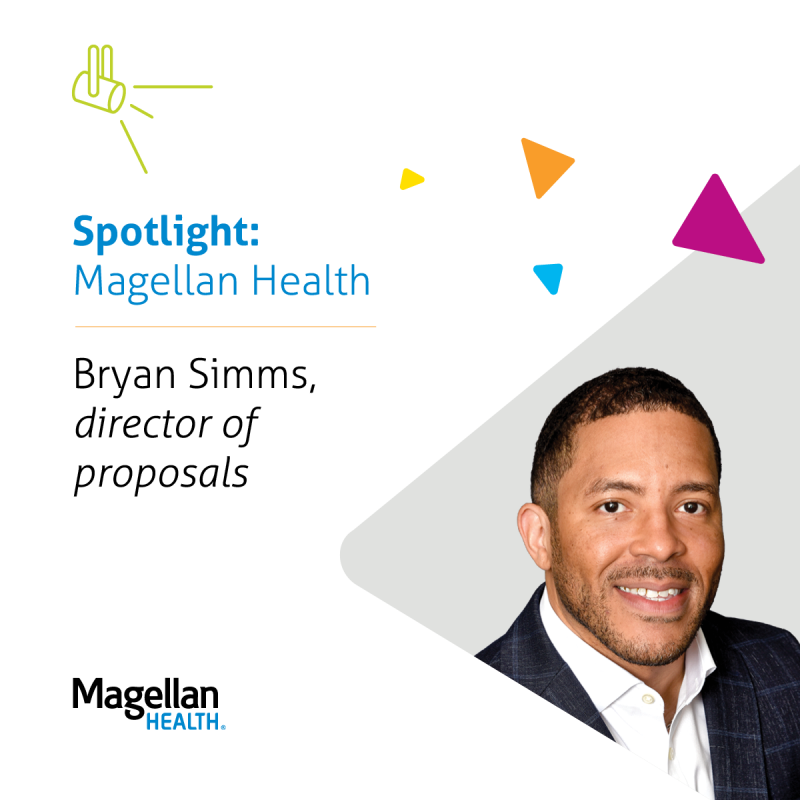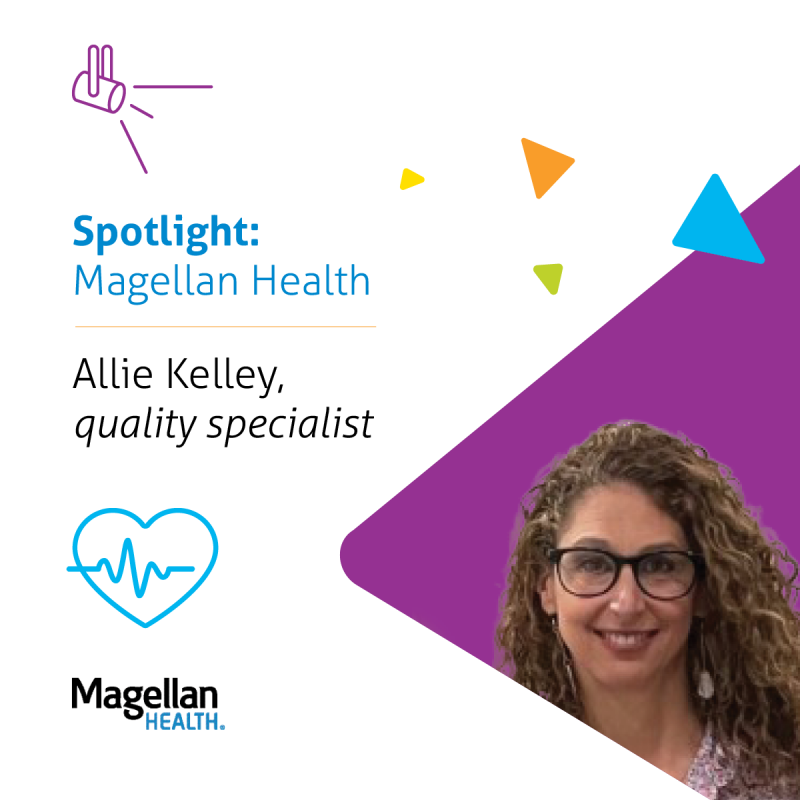This article is co-written by Elizabeth Duprey, LMHC.
Domestic violence, also known as intimate partner violence, is not about violence; it is about control. It is a pattern of behavior a person uses in a relationship to gain and maintain power and control over an intimate partner. Domestic violence is not just physical. It can be sexual, emotional, economic, psychological, and technological. These behaviors intimidate, silence, isolate, and manipulate another person. The common denominator is that all these areas can be used to dominate over another.1
Domestic violence is a pervasive problem worldwide, including in the United States, and affects approximately 10 million people in the US every year. One in four women and one in nine men are victims of domestic violence. Since 2015, over 100,000 domestic violence cases have been reported in the military. However, most instances are not reported. 2
In addition, domestic violence cases can go unnoticed. Abusers and victims can go to great lengths to keep the abuse a secret for various reasons. Abusers will often engage in tactics such as coercion, threatening, manipulation, physical violence, and more to keep victims from exposing the abuse. On the other hand, victims of domestic violence may feel guilty, ashamed, scared, helpless, and/or hopeless, which can create barriers to exposing the ongoings of the abuse. Recognizing warning signs of domestic violence, understanding barriers to reporting, and dispelling common myths are important steps in helping a victim of domestic violence.
Warning Signs of Domestic Violence Victims
Domestic violence warning signs in the military can often be overlooked due to several factors, such as Permanent Change of Stations (PCSs), limited knowledge of support services, little understanding of healthy relationship counseling/education, financial dynamics within a military family, and limited reporting.
Signs of physical abuse
- Bruises, black eyes, busted lips, marks, sprained wrists
- Excusing aggressive behaviors
- Reports of aggressive behaviors: Yelling, physical violence, having personal property damaged
- Wearing clothes that cover the face, neck, and arms when the weather, cultural, or personal norms cannot better explain it
- Reactivity to loud noises
- Significant absences or tardies to daily activities
Abusers often work to isolate victims, such as by controlling what they do and who they talk to. They may use jealousy or concern as a rationale. Abusers may also prevent victims from getting or keeping a job and/or limit their access to money.
Signs of isolation and mental abuse
- Little access to social network
- Withdraws and isolates self from family and friends
- Cancels appointments or meetings at the last minute
- Drops out of activities they would usually enjoy
- Absenteeism at work
- Limited access to resources: communication devices, money, vehicles
- Checks in often with the abuser; the abuser calls the victim several times to find out about whereabouts
The following warning signs should be considered in context. They indicate something is wrong, and with some more context or in conjunction with the signs listed above, may be a sign of domestic violence.
Other warning signs
- Tired, lethargic, poor sleeping
- Trouble concentrating
- Agitation, anxiety, or constant apprehension
- Depression/sadness
- Feelings of hopelessness
- Low self-worth
- High levels of stress reported related to home life
- Excessive privacy concerning personal life or intimate partner
Barriers to Reporting
Many victims of domestic abuse in the military have reported various barriers to reporting abuse, most notably a lack of confidence that the situation will be dealt with adequately and financial barriers. Other barriers include but are not limited to fear of retaliation, limited access to resources, fear of outcome, lack of counseling services, limited insight into community support services, fear of not being believed, and limited access to legal counsel.
There are some notable differences between the military and civilians regarding reporting domestic violence in the military. With its rule-based system, the military adheres to its chain of command, influencing how domestic violence is reported. Reporting domestic violence in the military has traditionally allowed commanding officers the responsibility to address domestic violence reports with judicial administrative or other types of punishments for both domestic abuse and violence. Although corrective action is directed at the abuser, it can often negatively impact the victim, creating more difficulties for the victim than the intended support. One of the most significant reported barriers is the victim’s concerns over the financial impact due to most military families being single-income families. 3
Domestic Violence Myths
Dispelling myths about domestic violence can help remove some of the obstacles to helping.
- MYTH: There is a typical profile for a domestic violence victim.
FACT: Anyone can be a victim, regardless of age, background, community, education, military rank, culture, ethnicity, sex, ability, etc. That said, women are more likely to be victims. In the military, victims are more likely to be women and civilian spouses of active-duty personnel.4
- MYTH: Victims lack self-confidence and are too weak to stand up for themselves or escape the situation.
FACT: Power and control behaviors can be hard to notice at the beginning of a relationship and may not be apparent at all. Over time, the abuser seeks increasing control, and due to the reasoning and rationale offered for the abuser’s actions (manipulation and gaslighting), victims may not recognize it, may dismiss it, or may believe it is themselves that needs to change. In this way, even the strongest and most confident people can become victims.
- MYTH: Victims behave in a way that leads to violence against them.
FACT: Remember that domestic abuse is not about violence but about power and control. Due to the dynamic of power and control, violence in relationships is never equal. One person is always the primary source of power, control, and abuse. Victims who fight back or even instigate violence do so as a result of this unequal dynamic or may be trying to diffuse a situation. However, the abuser may use instances of this behavior to blame the victim and defend abusive retaliation.
- MYTH: If the abuse were bad, the victim would report it or leave.
FACT: The most violent outbursts and anger often occur when victims seek freedom, such as defending themselves, asking for more access to resources, countering manipulative reasoning, or trying to escape. Leaving an abusive relationship can be dangerous; 75% of domestic violence-related homicides occur at that time.5
As long as the victim is passively agreeing with the parameters and perceptions of the abuser, the relationship will be smooth. But when abusers perceive they are losing control of the intimate partner, they may escalate violent behavior in an attempt to regain power. When there are children involved, the question of leaving becomes more complicated. Some abusers threaten to hurt the children.
- MYTH: Reporting abuse or leaving may be dangerous, but the victim may also not accurately perceive the abuse as bad as it is.
FACT: Because of the slow and manipulative nature of emotional and psychological abuse, victims may believe they are the problem or excuse the abuser’s behavior. After particularly violent behaviors, when both parties know a line has been crossed, the abuser often shows remorse, promises change, and attempts to cater to the victim for a while. The victim may believe the relationship is improving, be reminded of why they fell in love with the other to begin with, and often negate thoughts of reporting or leaving during those times.
How to Help a Victim of Domestic Violence
Military OneSource
The military recognizes the negative impact of domestic violence and has been working to address the issue in various ways. The military notes that more must be done to support victims. In 2021, the Department of Airforce (DAF) noted an objective to create more “confidence in leadership and enhance survivor support capabilities.” They have taken a sharp stance, stating, “There is no place in our Air and Space Forces for domestic violence or interpersonal violence in any form.” DAF notes that they will explore the implementation of various support services to promote the trust and needs of victims. DAF reports wanting to “make improvements to the application process for transitional compensation for abused dependents, which in certain circumstances provides economic support, medical, and on-base, privileges to eligible survivors of domestic violence.”
The U.S. Army has identified the importance of comprehensive assistance for victims of domestic abuse, crisis intervention, risk assessment, safety planning, medical treatment support, counsel on legal rights and Judicial proceedings, and resources and referrals to local community support centers. Other military branches have also taken on the responsibility to make changes that will allow ease of reporting, confidence that action will be taken, and supporting victims.
Magellan Federal Solutions and Support
Magellan Federal’s assists the Department of Defense in delivering the Military Family Life Counseling Program (MFLC). Magellan Federal counselors are embedded at various installations and schools nationwide and overseas to offer non-medical psychoeducation, consultation, and referrals to service members and their families. In the schools, they teach about healthy relationships to youth so that they can recognize signs of abuse before entering a committed relationship. With service members and spouses, the MFLC program supports resiliency and healthy relationships; MFLCs teach emotion regulation, communication, conflict management, and decision-making strategies that have been shown to impact relationships and reduce domestic abuse positively (RAND Study, 2021). Moreover, Magellan Federal is proud to offer pilot programs in partnership with the MFLC program that directly supports couples and family resiliency.
A large-scale study by RAND Corporation suggested that the Armed Services can benefit in reducing and preventing domestic violence by focusing on awareness, support, education, diversification of services, and more emphasis on identifying risk factors. They also noted “the importance of having other organizations outside of FAP help in supporting Domestic violence victims.” The MFLC program is one of those other organizations. Magellan Federal MFLCs can provide psychoeducation to prevent military dependents and single service members from entering abusive relationships, and they are well-trained on risk factors and identification of domestic abuse, making them an excellent resource for intervention.
Tips for Helping a Victim of Domestic Violence
Historically, the general public’s view of domestic violence is that conflicts between a couple are personal, and it is not appropriate to intervene. As we learn more about the power dynamics and how difficult it is to get out of this situation by oneself, it becomes clear that we must dispel this notion and learn how to help.
- Increase your situational awareness by learning the warning signs and dispelling myths.
- If you see something, don’t be afraid to communicate concern respectfully: “I am concerned about your safety….”, “I am noticing…”
- Support the victim with respect.
- Be supportive, letting them know they are valuable and deserve to be treated with respect and dignity.
- Listen without judgment. Be patient, kind, and respectful. Understand that the victim may have ambivalent feelings due to the illusion that it is getting better during periods of peace. Alternatively, the reality of the abuse, especially if it is verbal or emotional, may not be readily evident to the victim. There may also be fear of retaliation or change. On average, a victim of domestic violence will leave the abuser and return approximately seven times before completely breaking away from that relationship.
- Offer supportive words such as “This is not your fault…” “I believe you.”
- Be familiar with local and federal resources.
- Help a victim connect to local domestic violence support and learn about the local domestic violence centers near you. Some domestic violence centers will offer free Mental Health counseling services for victims of domestic violence.
- Connecting the victim to local resources. Providing resources such as case management can be an integral part of ending domestic violence. Victims often don’t have access to finances, personal documentation, clothing, housing, or other important resources.
- Safety planning with an advocate, domestic violence therapist, or case manager.
There is still work to be done to break down the perceived barriers to reporting in the military. Since domestic violence is about one person seeking power over another, help from community sources is imperative for the safety and wellbeing of the victim. The military has made great strides in addressing the problem of domestic violence through implementing more resources and engaging in victim support, including Military OneSource and the Military Family Advocacy Program. Magellan Federal is proud to help those impacted by domestic violence by delivering our expertise through our victim advocacy and family support services. Together with the government, our programs add an extra layer of protection, intervention, and prevention from domestic violence for our service members so that they may be empowered to take action to improve their overall wellbeing.
References:
- https://www.justice.gov/ovw/domestic-violence
- https://www.ncbi.nlm.nih.gov/books/NBK499891/
- https://www.military.com/
- National Coalition Against Domestic Violence. https://ncadv.org/
- https://stoprelationshipabuse.org/educated/barriers-to-leaving-an-abusive-relationship/
- Kendall, Frank. (January 23, 25, 2023). [Letter from Secretary of Defense Frank Kendall to Department of the Air Force (DAF), 2023]. Retrieved from https://www.af.mil/Portals/1/documents/2023SAF/PolicyUpdates/Domestic_Violence_Message_to_the_Force.pdf
- Miller, Laura L., Dmitry Khodyakov, Joachim O. Hero, Lisa Wagner, Coreen Farris, Katie Feistel, Emily Dao, Julia Rollison, Rosemary Li, Jamie Ryan, Stephanie Brooks Holliday, Laurie T. Martin, and Amy L. Shearer, Domestic Abuse in the Armed Forces: Improving Prevention and Outreach,RAND Corporation, RR-A1550-1, 2023. As of October 4, 2023: https://www.rand.org/pubs/research_reports/RRA1550-1.html
 Elizabeth Duprey, LMHC, is a MacDill regional supervisor and has been with Magellan Federal since 2020, when she started as a school MFLC. Born in Fayetteville, NC, Elizabeth was a “military BRAT” who traveled with her family and even lived overseas. Elizabeth is passionate about providing MFLC services to our service member and their families, as she understands the pressures of military life. Elizabeth received a bachelor’s degree in psychology from Florida Atlantic University and a Master’s in Counselor Education from Florida Atlantic University before becoming a Licensed Mental Health Counselor. With a great passion for helping people, Elizabeth has worked in the field of domestic violence, substance abuse, and juvenile rehabilitation. She now has the honor of working to provide support for military service members and their families.
Elizabeth Duprey, LMHC, is a MacDill regional supervisor and has been with Magellan Federal since 2020, when she started as a school MFLC. Born in Fayetteville, NC, Elizabeth was a “military BRAT” who traveled with her family and even lived overseas. Elizabeth is passionate about providing MFLC services to our service member and their families, as she understands the pressures of military life. Elizabeth received a bachelor’s degree in psychology from Florida Atlantic University and a Master’s in Counselor Education from Florida Atlantic University before becoming a Licensed Mental Health Counselor. With a great passion for helping people, Elizabeth has worked in the field of domestic violence, substance abuse, and juvenile rehabilitation. She now has the honor of working to provide support for military service members and their families.
In her free time, Elizabeth enjoys traveling and photography. She notes both traveling and photography allow her to see the world from a different perspective and to gain a greater appreciation for the differences that make people and places special.

 Elizabeth Duprey, LMHC, is a MacDill regional supervisor and has been with Magellan Federal since 2020, when she started as a school MFLC. Born in Fayetteville, NC, Elizabeth was a “military BRAT” who traveled with her family and even lived overseas. Elizabeth is passionate about providing MFLC services to our service member and their families, as she understands the pressures of military life. Elizabeth received a bachelor’s degree in psychology from Florida Atlantic University and a Master’s in Counselor Education from Florida Atlantic University before becoming a Licensed Mental Health Counselor. With a great passion for helping people, Elizabeth has worked in the field of domestic violence, substance abuse, and juvenile rehabilitation. She now has the honor of working to provide support for military service members and their families.
Elizabeth Duprey, LMHC, is a MacDill regional supervisor and has been with Magellan Federal since 2020, when she started as a school MFLC. Born in Fayetteville, NC, Elizabeth was a “military BRAT” who traveled with her family and even lived overseas. Elizabeth is passionate about providing MFLC services to our service member and their families, as she understands the pressures of military life. Elizabeth received a bachelor’s degree in psychology from Florida Atlantic University and a Master’s in Counselor Education from Florida Atlantic University before becoming a Licensed Mental Health Counselor. With a great passion for helping people, Elizabeth has worked in the field of domestic violence, substance abuse, and juvenile rehabilitation. She now has the honor of working to provide support for military service members and their families.